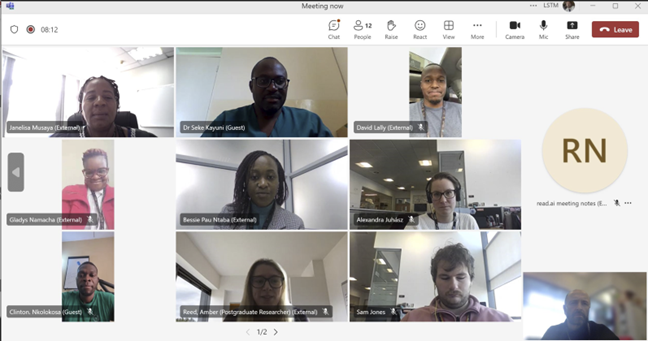
It is true to say that someone, somewhere is writing a scientific paper even right now. It may be a junior author polishing their particular section, perhaps in finalising a table or figure, or a corresponding author updating their introduction section and references from their latest trawl of the literature. A key lesson in scientific writing is that evidence and the ideas they support evolves, sometimes very quickly. The uncommon evidence of today could become the common knowledge of tomorrow. Similar trends we all witnessed in the dynamic understanding of COVID-19 epidemiology.
A key activity within contemporary scientific publishing is following an imperative to cross-check the latest research within your chosen field. This is also essential when styling a supporting letter to the journal editor. The letter helps frame your article’s context within the wider world and remember, journal editors are often more informed than others. By sitting at the centre of their spider-web of communications, editors often act as a nexus point for contemporary information receiving a continuous stream of new evidence from their submitting authors, reviewers and also readers.
The HUGS project is now in its second half of its grant cycle. Hence as our results and findings are now being prepared for wider dissemination, we turn attention to scientific publishing and we encourage all within the team to take part. With this in mind, we convened a 2½-hour webinar to discuss the wider importance of scientific publishing. Of note, we discussed how to tackle initially the writing process making use of an informative Cambridge University Press & Assessment video.
The meeting was hosted by Dr Seke Kayuni with Prof Stothard, Dr LaCourse and Prof Musaya each giving presentations on their experiences and writing tips. We all noted that to develop a good writing style, this takes both time and practice. It is not an easy nor simple task being able to hone a paper’s title to be in best alignment with the key messages arising from the conclusion. Yet when these things align, for example, the article takes on a new level of elegance and influential appeal to its readers. To help disseminate the webinar materials we have created a pdf of all the presentations. We sincerely hope this presentation is useful for others when making the leap to write their first scientific paper.